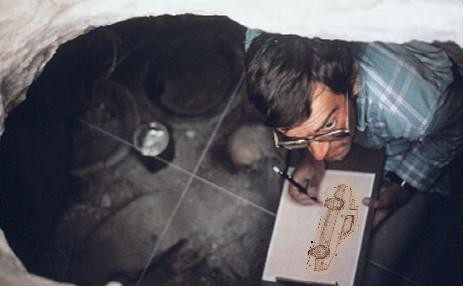
Home |
Western Site 6 |
Research Resource
Hopper | Archeology Today |
Planetary Cluster | Daehgoh Store
Main Cluster |
Side Cluster
| Daehgoh's Future Digs |
Site Restoration |
Public File Sharing | Links
About the Daehgoh InstituteThe Institute was founded to study the mysterious island people called the No Ko Oi. The No Ko Oi lived on the island of Hei, and began to leave written records in approximately 32 BTDC. Over the next 400 years, they built an amazing civilization on the island, leaving behind many famed earthworks, engravings and pottery. No Ko Oi pottery is known for its pattern of discs and drums. |
 The No Ko Oi people arranged most non-ceromonial towns into side clusters and main clusters. |
| Around 1500 years ago, the No Ko Oi invented a written language. Not a sea-faring people, they failed to be spread their culture to other parts of polynesia. As a result, their accomplishments were unknown until the discovery of mounds on the island by Dr. Al Uminum in 1945. His excavations led to the discovery of their engravings. |  The No Ko Oi left many engravings, such as this one, in the ferric rocks on Hei |
Western Site 6 (WS6)Excavations to date have uncovered one special ceremonial site of the No Ko Oi. Monoliths on this site are arranged in planetary clusters, which is quite different from what we believe to be their normal villages. We have been unable to determine their name for the site, and our tentative lable (WS6) has stuck. Dr. Rusty Fenders is currently excavating and restoring the site.WS6 is believed to be primarily ceremonial because of its unique constuction and also the lack of the usual No Ko Oi buildings' rear doors. It features a large number of monuments and engravings, but so far the name of the site has eluded modern acheologists. |
 This monument at WS6 features carvings of a snake-shaped God that they No Ko Oi called Hu-rst. |
| The No Ko Oi believed the changing seasons were brought by a screaming bird they called Hud Chixen. Evidence of their ceremonies and sacrifices honoring Hud Chixen are found throughout the island. | 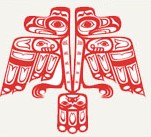 This well-preserved painting of Hud Chixen was found inside one of the No Ko Oi temples. |
Hud HengeThe most sacred site of the No Ko Oi is the hilltop of Ramir. Here stands their circular monument to Hud Chixen, which they called Ramir Hud. We typically refer to it as Hud henge, because of the remarkable similarity to the well-known stone fairy rings of the British Isles. |
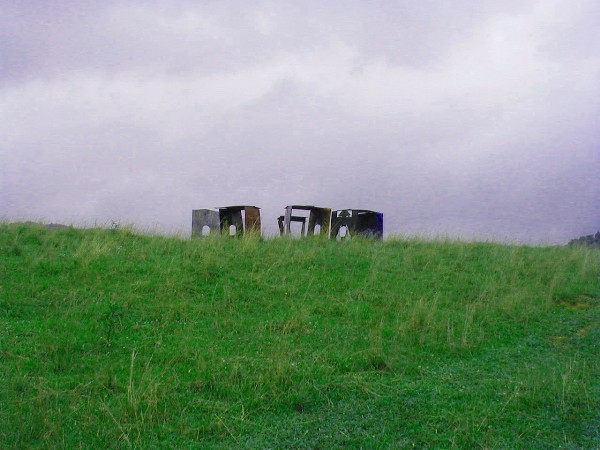 Hud Henge overlooks WS6 from the hill of Ramir. |
| A closer look at Hud henge. One feature that separates this monument from other solstice-oriented rings is the many engravings. Many of these monoliths show the god Hud Chixen. Strangely these engravings always show Hud Chixen upside down. The significance of this is not currently known. |
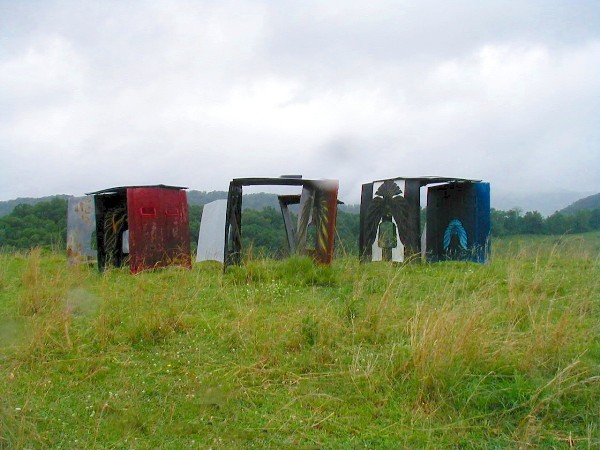 The Hud henge site has been restored through the efforts of Dr. Gabriel Strutz and his students. |
| Many artifacts were found at Hud henge that indicated votive offerings were left there during the the earliest years of the No Ko Oi civilization. | 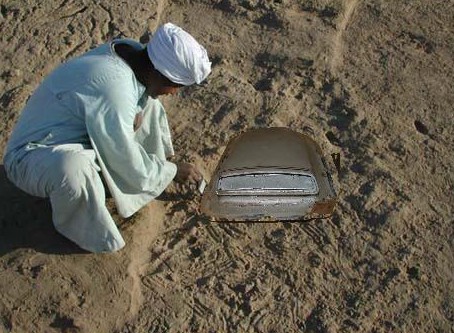 One of Dr. Strutz's students, N. Taik Porter. |
| One of our goals at Daehgoh Institute is to build relationships with the current island neighbors, many of whom are No Ko Oi descendants. They have been an invaluable resource of oral tradition and detailed knowledge of the sites. Many of our artifacts are being assembled into a Hei Cultural Museum for their permanent enjoyment. |  Island inhabitants gather for a Winter Solstice Ceremony at Hud henge. |
 | News Flash! We are planning a summer dig for volunteers at Side Cluster ST-10. If you would like to have an adventure with us during your vacation, contact the Volunteer Office |
![]() We've added a lot of material to our Map page, including a full breakdown of ST-10 Main Cluster.
We've added a lot of material to our Map page, including a full breakdown of ST-10 Main Cluster.
![]() Perhaps even more interesting, we've added a myth-bustin' Pot page, with lots of editorial comment.
Perhaps even more interesting, we've added a myth-bustin' Pot page, with lots of editorial comment.
Check out Daehgoh's WS6 site restoration
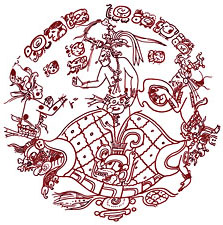 |
Our Mission:
The Daehgoh Institute Conserves, Preserves, and Restores the Culture and Heritage of the No Ko Oi People for Current and Future Generations. |
Institute StaffHere are a couple of our featured researchers for the month. Dr. Rusty Fenders (below) is an adjuct professor of antiquities at the University of Cairo (Illinois). His current project is looking for evidence of irrigation on Hei. Dr. Dolly Denton (right) is part of the Institute's Permanent reserach staff. She is involved in Potshard collecting at ST-10 Main Cluster. You can email us here |
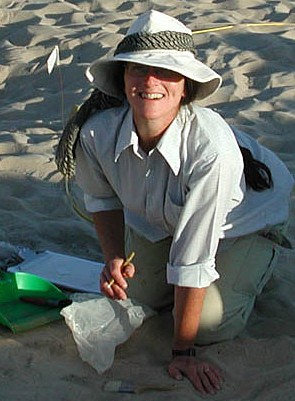 |
